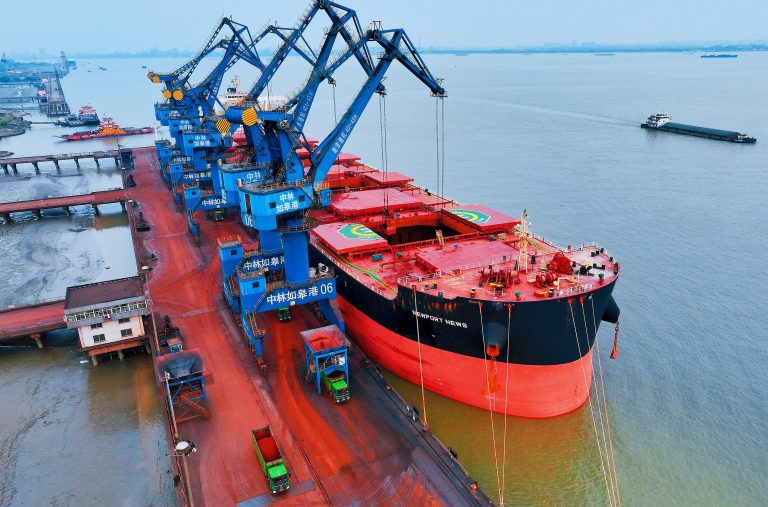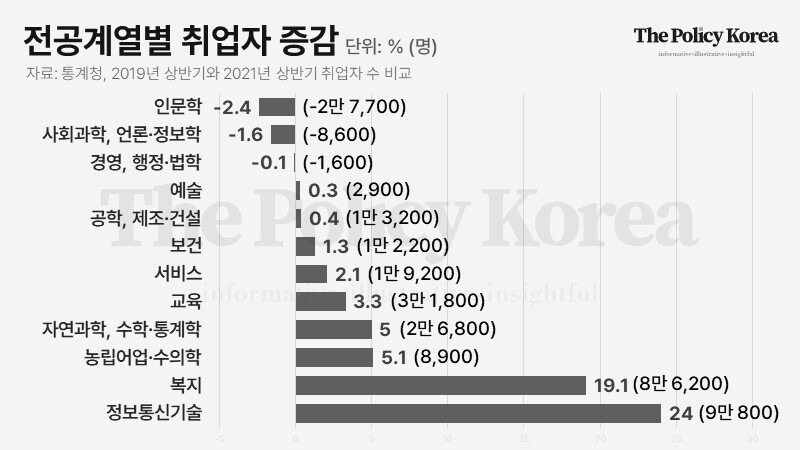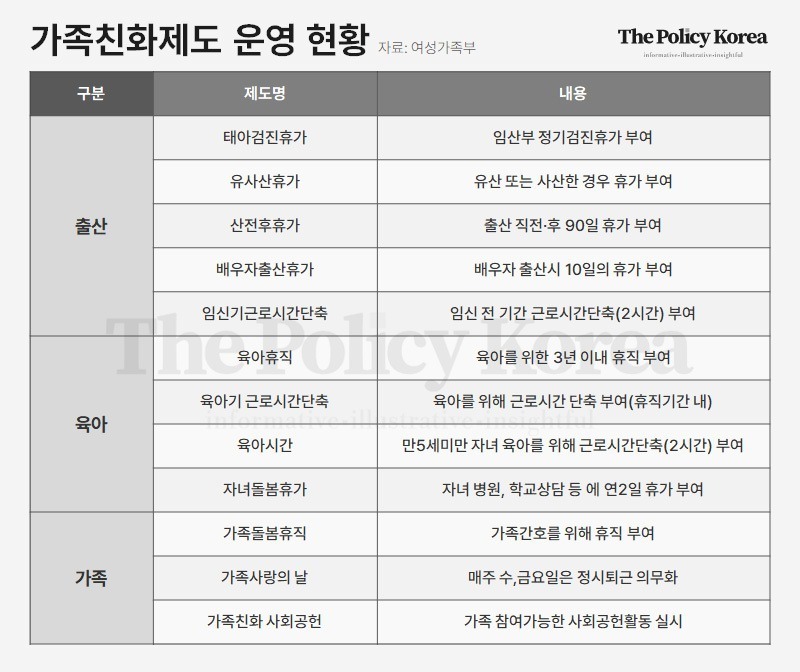[동아시아포럼] 중국, 미국 뒷마당까지 경제적 영향력 넓혔다
로라 리처드슨 미국 장군, 남미 지역에서 중국이 미국의 안전 위협한다고 주장 중국, 10년간 남미 지역에서 영향력 넓혀 왔지만 아직 미국 수준은 아니다 미국, 중국 견제하려면 남미 ‘앞마당’으로 대우해야
[동아시아포럼]은 EAST ASIA FORUM에서 전하는 동아시아 정책 동향을 담았습니다. EAST ASIA FORUM은 오스트레일리아 국립대학교(Australia National University)의 크로퍼드 공공정책 학교(Crawford School of Public Policy) 산하의 공공정책과 관련된 정치, 경제, 비즈니스, 법률, 안보, 국제관계 및 사회에 대한 분석 및 연구를 위한 플랫폼입니다.
저희 폴리시코리아(The Policy Korea)와 영어 원문 공개 조건으로 콘텐츠 제휴가 진행 중입니다.
2023년 3월 초 미국 의회 청문회에 참석한 미국남부사령부(United States Southern Command) 소속 로라 리처드슨(Laura Richardson) 장군은 남아메리카 지역에서의 중국의 행동이 미국의 안전에 위협이 된다고 말했습니다. 리처드슨 장군의 표현을 빌리자면 중국은 미국 대신 이 지역의 지도자가 되기 위해 끊임없이 ‘행진’하고 있습니다.

남미 지역에 대한 중국의 영향력은 지난 10년 동안 굉장히 커졌습니다. 하지만 적어도 가까운 미래에 중국이 미국을 대신해 라틴 아메리카의 지배적인 정치, 경제 및 군사 강국으로 등극하지는 못할 것입니다.
우선 경제적 측면을 살펴보면, 중국은 남미뿐 아니라 한때 미국이 힘을 쓰지 못했던 지역인 카리브해까지 진출했습니다. 중국이 남미와 카리브해에 관심을 가진 건 1990년대 후반의 일인데, 당시 중국은 전례 없는 경제 성장을 이어가고자 석유와 기타 원자재를 찾기 시작했습니다. 이 지역과 중국의 무역액은 2000년 기준 총 120억 달러, 2021년 기준 총 3,148억 달러를 기록했습니다. 2023년 현재 중국은 이 지역 국가 중 아르헨티나, 브라질, 볼리비아, 쿠바, 칠레, 페루, 파라과이, 우루과이, 베네수엘라 총 9개국의 최대 무역 상대국입니다.
하지만 이러한 성장이 인상적인 것과는 별개로 라틴 아메리카와 카리브해 전체의 최대 무역 상대국은 여전히 미국입니다. 2020년에 기록된 무역액은 7,582억 달러에 이르죠. 하지만 여기서 71%가 멕시코와의 거래입니다.
지난 2021년 중국은 라틴 아메리카와 카리브해 지역에 총 1,300억 달러 규모의 외국인 직접 투자를 진행했습니다. 중국은 COVID-19 팬데믹 이전에는 이 지역의 가장 큰 대출 기관이었는데, 중국의 개발은행은 (물론 주로 중국 기업이 주도하는) 이 지역의 풍부한 천연자원에 대한 접근성을 높이는 인프라 프로젝트를 위해 655억 달러 규모의 대출을 실행한 바 있습니다. 이 대출 중 일부는 중국의 일대일로 이니셔티브(Belt and Road Initiative, BRI)에 따라 제공됐습니다.
그러나 이 지역의 가장 큰 외국인 투자자는 미국과 유럽연합입니다. 각각 총투자액의 36%와 34%를 담당하고 있죠. 팬데믹으로 중국이 경기 둔화에 직면하면서 중국의 대출 역시 고갈됐습니다. 이 지역 국가들이 금융위기에 빠졌을 때 구조 조정을 위한 대출을 해 준 건 국제통화기금(IMF) 등 서방 기관들이었지 중국이 아니었습니다.
이 지역에서 중국의 경제적 이득이 어느 정도의 정치적, 외교적 영향력을 가져다줬는지는 불분명합니다. 중국은 10년 이상 브라질의 최대 교역 상대국이었지만 현재는 브라질의 좌파와 우파 정부 모두가 중국과 대립각을 세우고 있습니다. 파나마에서는 미국의 끊임없는 압박 끝에 중국 기업이 처음 수주했던 수십억 달러 규모의 인프라 계약이 취소되고 한국과 일본 기업에 넘어가는 사건도 발생했습니다.
리처드슨 장군은 의회 증언 도중 중국이 베네수엘라, 쿠바, 니카라과를 비롯한 라틴 아메리카 및 카리브해 지역에서 반미 정권 지원을 강화했다고 경고했습니다. 그러나 베네수엘라를 제외하면 이들 국가에 대한 중국의 투자 및 무역 규모는 상대적으로 작습니다. 특히 쿠바와 니카라과는 심각한 경제 상황이나 미국의 제재 때문에 중국이 그다지 관심을 보이지 않는 나라입니다.
이제 국방 및 안보 부문을 살펴보겠습니다. 남미 및 카리브해 국가의 군 및 보안 장교가 군사 훈련을 위해 중국으로 가는 경우가 늘어났다는 것은 중국이 이 지역에 조금씩 진출하고 있다는 증거입니다. 하지만 아직 미국을 따라갈 수는 없습니다. 이 지역의 장교 수천 명은 여전히 미국에서의 훈련을 가장 우선으로 생각하고 있습니다. 또한 미국은 라틴 아메리카와 카리브해 전역에 수십 개의 군사 기지와 기타 시설을 보유한 채 궁극적인 안보 보증인의 지위를 확고히 하고 있습니다.
정리하자면 라틴 아메리카와 카리브해 지역에서는 미국의 힘이 여전히 강력하지만, 적어도 경제적인 측면에서는 중국의 영향력이 늘어나고 있습니다. 다른 어떤 강대국도, 심지어 소련도 하지 못했던 일입니다(쿠바를 제외하고는 말이죠). 이 지역의 국가 대부분은 미국과의 긴밀한 관계를 이어 나가고 싶어 하지만, 중국의 대규모 무역과 투자 흐름의 혜택도 바라고 있습니다.
대유행 직전 중국과 라틴 아메리카 간의 총무역액은 3,148억 달러에 달했습니다. 중남미에 대한 중국의 외국인 직접 투자는 약 1,300억 달러였으며 중국 개발은행과 중국 수출입 은행의 순 개발 대출은 약 665억 달러였습니다. 이 세 수치는 모두 2000년 이후 기하급수적으로 증가했습니다.
대유행 기간 중 무역 및 FDI 유입은 약간 감소하는 정도에 그쳤습니다. 하지만 개발 대출은 아예 한 건도 실행되지 않았죠. 앞서 언급한 BRI의 경우 이 지역에서 단 2년 동안 운영됐는데, 그 규모는 수백만 달러 정도로 2015년에서 2019년 사이에 중국의 정책 은행이 이 지역에서 435억 달러를 썼다는 것을 생각해 보면 그렇게 큰 금액이 아닙니다.
남반구에서의 중국의 존재감과 경제적 중요성은 앞으로 더 커질 것입니다. 하지만 중국이 라틴 아메리카와 카리브해 지역에서 입지를 다질 수 있었던 건 그동안 미국이 해당 지역에 충분한 관심을 기울이지 않았기 때문입니다. 미국은 이제 이 지역을 ‘당연하게’ 생각하면 안 됩니다. 중국에 지지 않으려면 라틴 아메리카를 뒷마당이 아닌 앞마당으로 대우해야 할 것입니다.
China expands its economic reach into the United States’ backyard
In early March 2023, General Laura Richardson, head of the United States Southern Command, told a US congressional hearing that Chinese actions in South America posed a threat to US safety. According to General Richardson, China is on a relentless march to replace the United States as the leader in the region.
While China’s presence in the region has grown substantially in the past decade, it is unlikely that China will replace the United States as the dominant political, economic and military power in Latin America for the foreseeable future.
On the economic front, China has made inroads into South America and the Caribbean, a region where US power once went unchallenged. Starting in the late 1990s, Chinese interest in South America and the Caribbean began to grow. In order to sustain its unprecedented economic growth China began to search the globe for oil and other raw materials. In 2000, Chinese trade with the region totalled US$12 billion, reaching US$314.8 billion in 2021. In 2023, China is the largest trading partner of nine countries in the region: Argentina, Brazil, Bolivia, Cuba, Chile, Peru, Paraguay, Uruguay and Venezuela.
While the growth in trade between China and the region is impressive, the United States remains Latin America and the Caribbean’s largest trading partner. In 2020, US trade with the region was US$758.2 billion. But 71 per cent of this trade was with Mexico. In 2021, Chinese foreign direct investment in the region totalled US$130 billion.
Before the COVID-19 pandemic, China was the biggest lender to the region, with Chinese development banks having issued US$66.5 billion in loans — mostly for infrastructure projects that offer Chinese companies better access to the region’s rich natural resources. A small portion of these loans were provided under China’s Belt and Road Initiative(BRI).
While China’s economic footprint in the region has increased significantly, the United States and the European Union remain the largest foreign investors, accounting for 36 per cent and 34 per cent of total investment respectively. As China faces an economic slowdown due to the COVID-19 pandemic, Chinese loans have dried up. When countries in the region fall into financial crisis, Western institutions such as the International Monetary Fund have provided the lion’s share of structural adjustment loans, not China.
The extent to which China’s economic gains in the region have resulted in political and diplomatic influence is unclear. While China has been Brazil’s largest trading partner for over a decade, tensions have arisen under both left- and right-wing Brazilian governments. In Panama, after relentless US pressure, several multibillion dollar infrastructure contracts initially awarded to Chinese companies were cancelled and given to South Korean and Japanese companies.
During her testimony to Congress, General Richardson also warned that China has increased its support for anti-US regimes in the region including Venezuela, Cuba and Nicaragua. But with the exception of Venezuela, Chinese investment and trade with these countries is minimal compared with its presence in most other countries in the region. In the cases of Cuba and Nicaragua, their desperate economic situation and US sanctions render them less attractive to China.
In the defence and security sector, China has made modest inroads into the region. While the number of South American and Caribbean military and security officers going to China for training has increased, the United States remains the primary destination for training thousands of officers from the region. The United States has dozens of bases and other installations throughout the region and is the region’s ultimate guarantor of security.
While the power of the United States in the region remains solid, challenges on the economic front are increasing. No other power — not even the Soviet Union — has been able to challenge US economic dominance of the region. Apart from in Cuba, Soviet trade and aid to the region was negligible and its diplomatic influence limited. While most countries in the region want to maintain close ties with the United States, they also want the benefits of China’s massive trade and investment flows.
On the eve of the pandemic, total trade between China and Latin America had hit US$314.8 billion. Chinese foreign direct investment in Latin America was about US$130 billion and net development lending by the China Development Bank and Export–Import Bank of China was about US$66.5 billion. Taking 2000 as the baseline, the figures in all three categories have grown exponentially.
While trade and FDI inflows dipped slightly during the pandemic, Chinese development lending to the region dropped to zero in 2020. With just two years of operation in Latin America and the Caribbean, the BRI accounts for only a few million of the US$43.5 billion disbursed to the region by Chinese policy banks between 2015 and 2019.
China’s growing presence and rising economic importance to the global south should be expected. But China was able to build such a strong presence in Latin America and the Caribbean in large part due to US neglect of the region. The United States can no longer take the region for granted. Perhaps Washington should start treating Latin America as its front yard rather than its backyard.



























